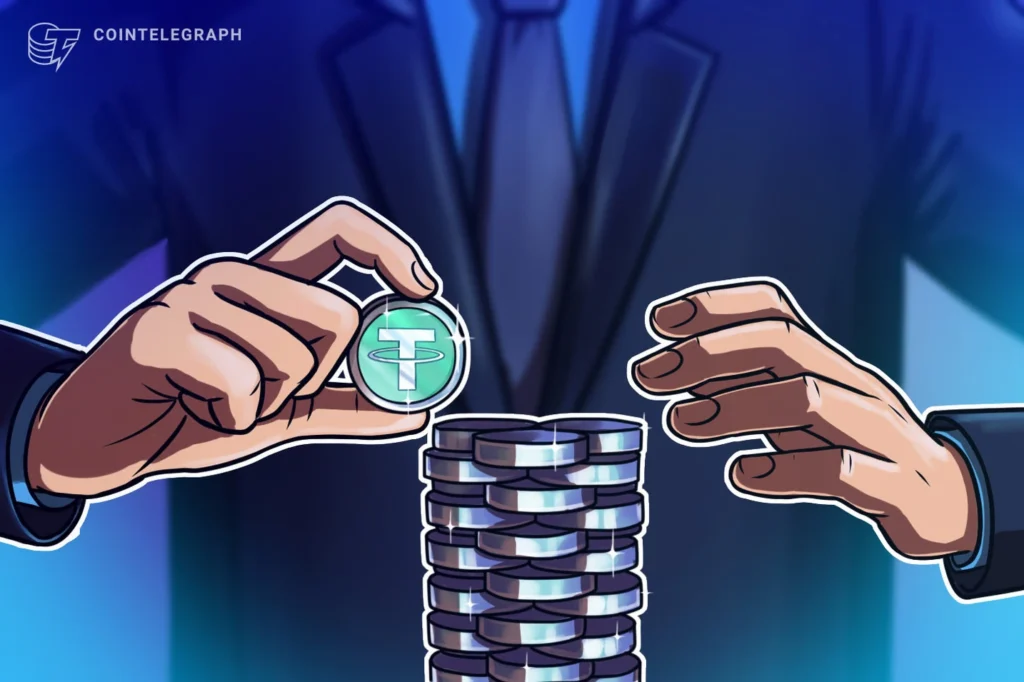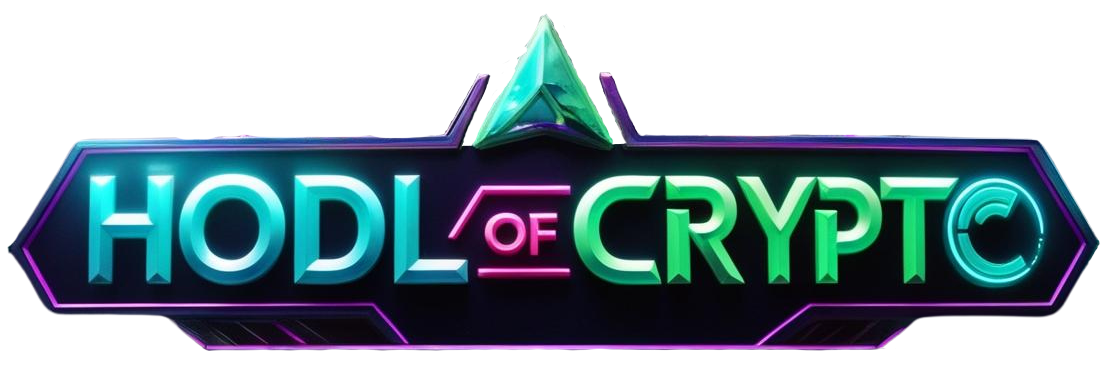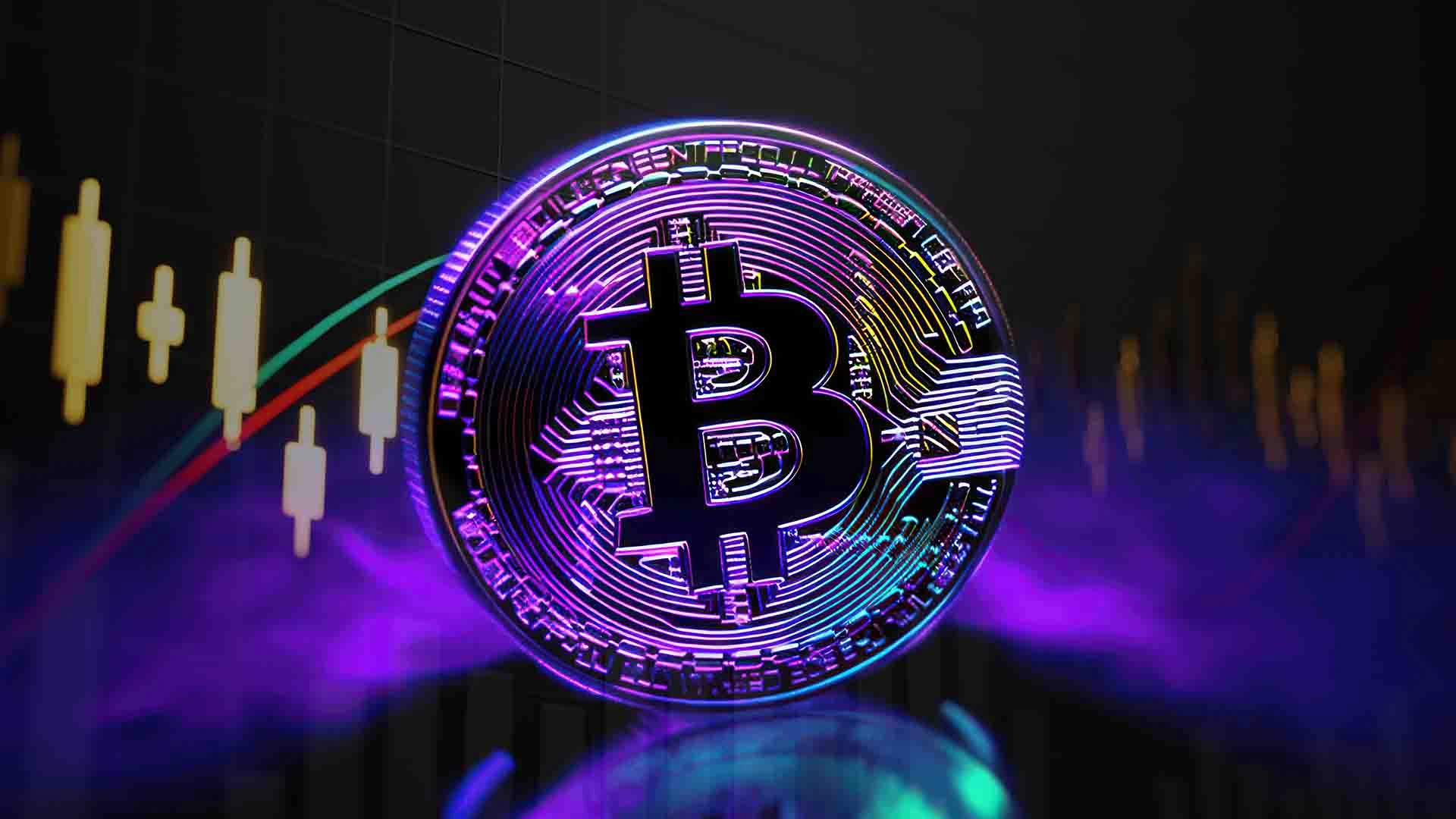Spend airdropped USDT: Cryptocurrency adoption in Southeast Asia is booming — and Malaysia is no exception. With a growing community of retail investors and a favorable regulatory stance toward digital assets, airdrops are becoming a common gateway into the crypto world.
But here’s the thing: just because you receive airdropped USDT doesn’t mean you know what to do with it. Let’s look at how everyday Malaysians are making smart, intentional choices with their free Tether — and what you can learn from them.
1. Step One: Verifying the Airdrop (No, Not All Free Money Is Real)


Case in Point: A Telegram crypto group in Kuala Lumpur recently discussed a surge in unsolicited tokens showing up in wallets. Some were real, but others were scam tokens mimicking USDT to bait users into phishing links.
What They Did:
Users were advised to check:
- The smart contract address against the official USDT contract (via Etherscan or BscScan)
- The network (USDT exists on Ethereum, Tron, BSC, and more)
- Whether the token was transferable or locked
Lesson: Even in a fast-growing market like Malaysia, vigilance comes first. Free crypto isn’t free if it gets you hacked.
2. Using USDT for Daily Purchases (Yes, Even Groceries)

Real Use Case: A university student in Penang turned his airdropped USDT into GrabFood vouchers via Bitrefill, using the tokens to buy meals during finals week.
Others in Klang Valley used Shopping.io to purchase discounted Lazada gift cards.
Takeaway: Airdrops can translate into real-world value, especially in urban areas where crypto-savvy platforms are common.
3. Subscribing to Crypto Tools (Learning While Spending)
Example: A part-time trader from Johor used her airdropped USDT to subscribe to CoinTracking, helping her better manage her portfolio and stay tax-compliant.
Why It Works: It turns passive income into an investment in knowledge — without touching your bank account.
4. Staking and Swapping: Passive Income in Action

Case Study: A DeFi enthusiast in Kuching swapped his USDT for MATIC on Uniswap, then staked it on Polygon to earn yield.
Another user deposited USDT into Aave for interest — citing it as “the most productive use of free money.”
Key Insight: Malaysians are tapping into DeFi to stretch the value of their airdrops. Why spend when you can grow?
5. Spend airdropped USDT: Donating or Gifting (Yes, Really)
Feel-Good Story: A tech YouTuber in Selangor started tipping his Malaysian followers in small USDT amounts during livestreams, using his airdrop windfall.
Another donated to a regional crypto fundraiser for flood victims in Kelantan.
Moral: Generosity in crypto isn’t dead. And it feels better when it’s “found” money.
6. Spend airdropped USDT: Keeping Track for Tax Season (Sorry, Still Important)
Malaysia doesn’t yet impose capital gains tax on crypto — but airdrops may still be considered income under certain interpretations by LHDN (Malaysia’s tax authority).
Best Practice: Locals are keeping screenshots, Etherscan records, and dates of token reception in case regulations tighten in the future.
Pro Tip: Tools like Accointing or Koinly (paid with USDT) help streamline reporting.
Conclusion: Airdropped USDT Is an Opportunity — If You Treat It That Way


Malaysians are proving that even a small airdrop can go a long way. Whether it’s buying groceries, funding subscriptions, earning passive income, or donating to a cause — the key is treating airdropped USDT like it matters.
So if you’ve just received a crypto surprise, take a page from Malaysia’s playbook: verify it, use it wisely, and maybe even pay it forward.
Because in crypto — as in life — the smartest spenders aren’t always the flashiest. They’re the ones who make every token count.











